Hyundai Accent: Body Electrical System / BCM (Body Control Module)
Specifications
| Items | Specifications |
| Rated voltage | DC 12V |
| Operating voltage | DC 9 - 16V |
| Operating temperature | -30°C to 75°C (-4°F to 158°F) |
| Dark current | Keyless type : 3.5 mA Non keyless type : 2.5 mA SMK type : 2.5 mA |
Components and Components Location ➤
Schematic Diagrams
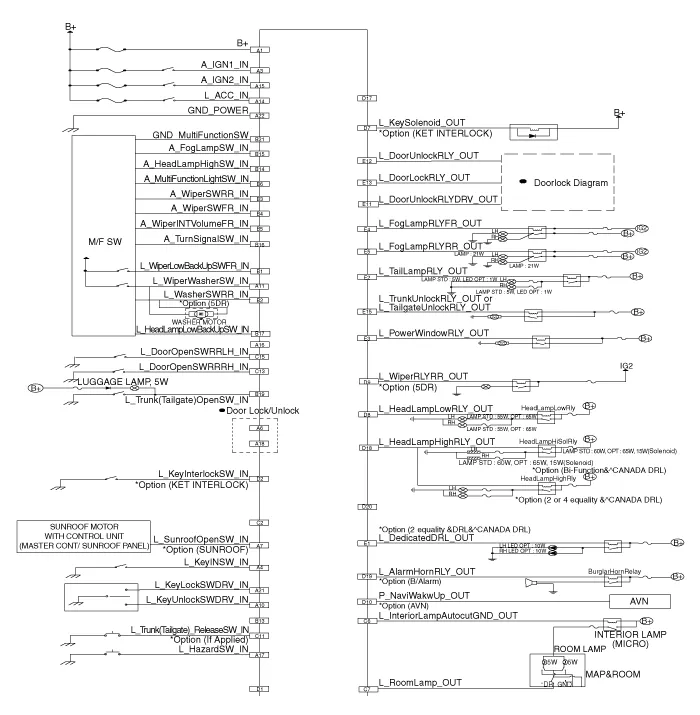
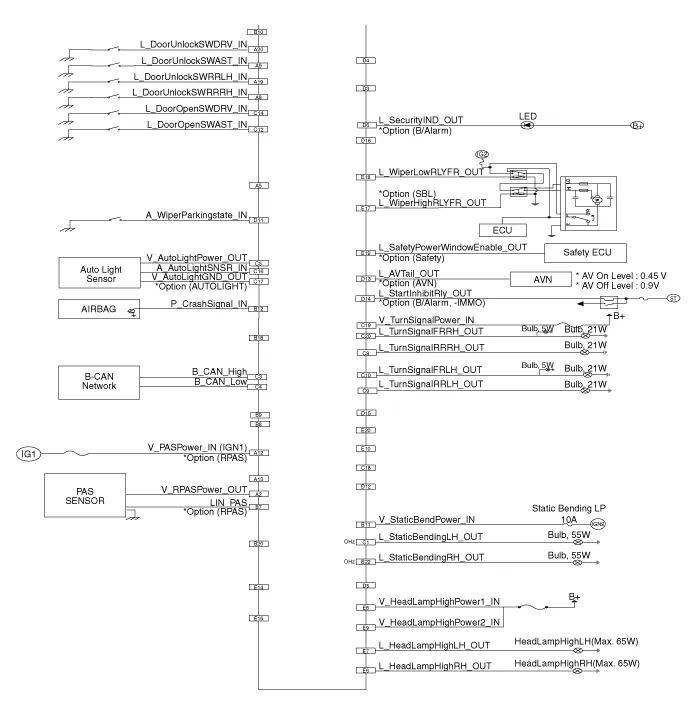
Description and Operation ➤
Repair procedures
1.Disconnect the negative (-) battery terminal.
2.Remove the crash pad lower panel.(Refer to Body - "Crash Pad Lower Panel")
3.Disconnect the BCM connectors.
4.Remove the body control module (A) after loosening the mounting bolt and nut.
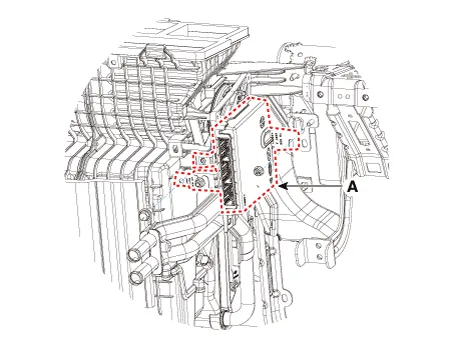
1.Install the body control module.
2.Connect the body control module.
3.Install the crash pad lower panel.
1.In the body electrical system, failure can be quickly diagnosed by using the vehicle diagnostic system (Diagnostic tool).
(1)Fault Code Searching : Checking failure and code number (DTC)
(2)Data Analysis : Checking the system input/output data state
(3)Actuation test : Checking the system operation condition
(4)S/W Management : Controlling other features including system option setting and zero point adjustment
2.If diagnose the vehicle by Diagnostic tool, select "DTC Analysis" and "Vehicle".
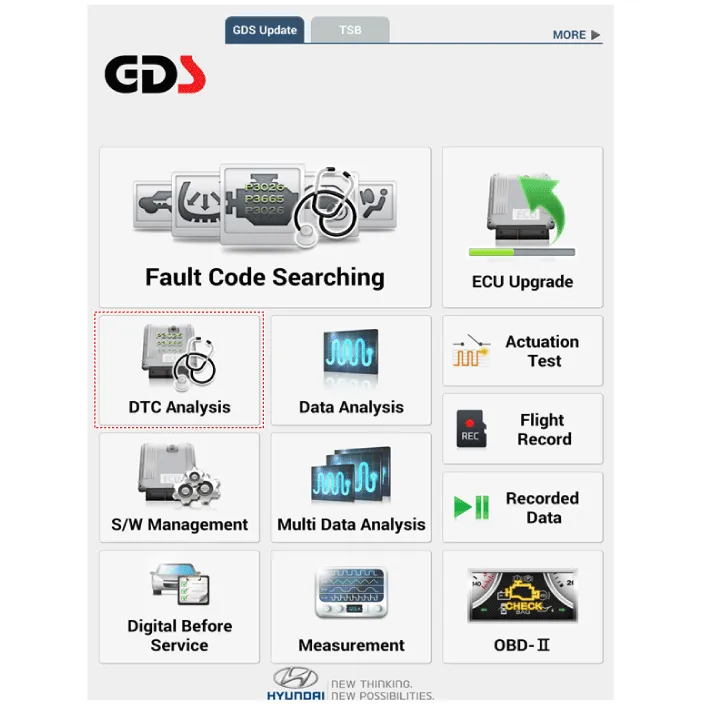
3.If check current status, select the "Data Analysis" and "Car model".
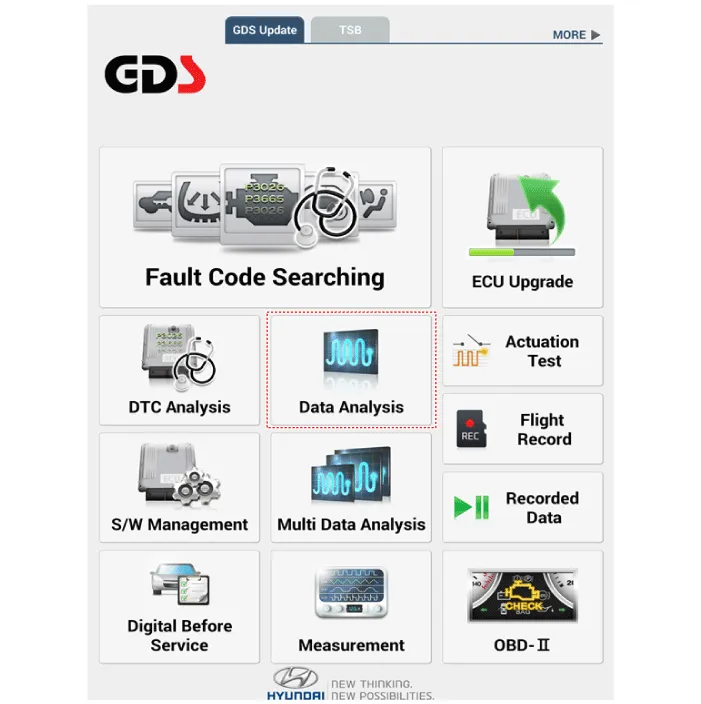
4.Select the 'IBU_BCM' to search the current state of the input/output data.
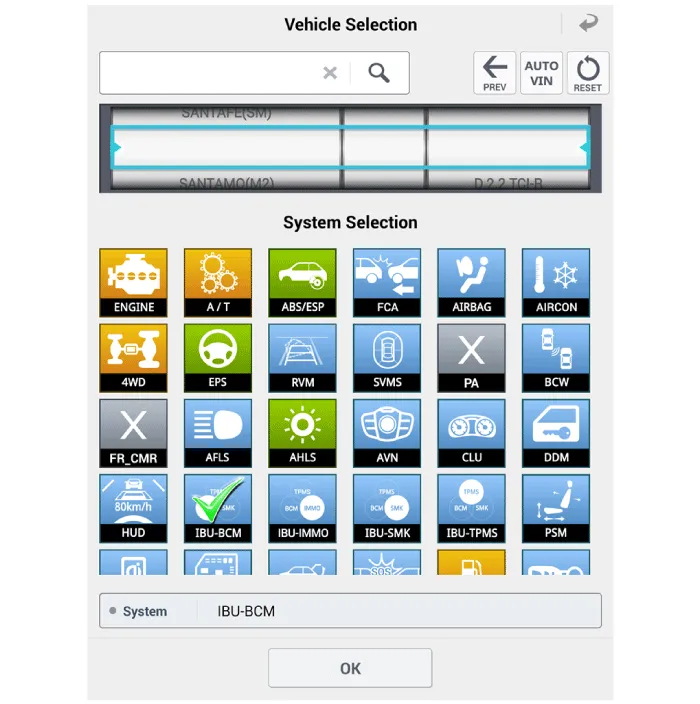
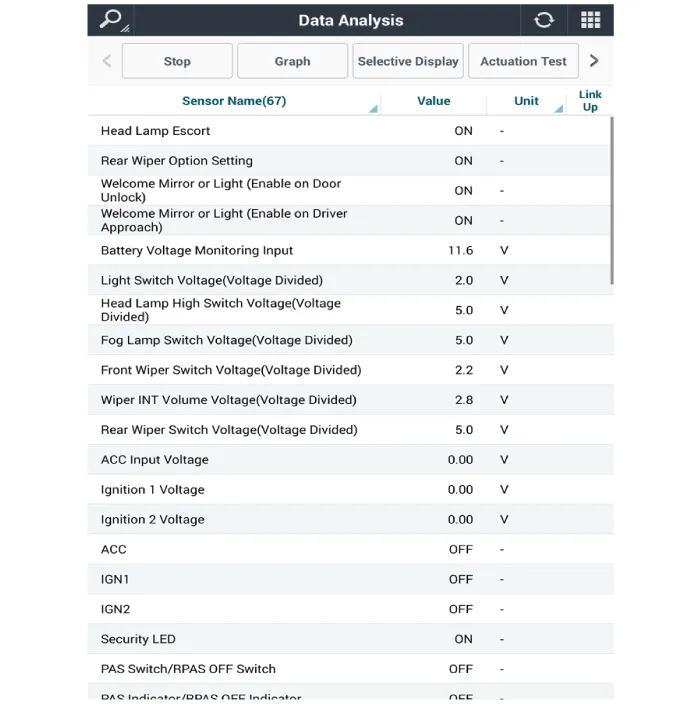
Other information:
Hyundai Accent (HC) (2017 - 2022) Service Manual: Power Door Lock Actuators
- Inspection Front Door Lock Module Inspection 1.Remove the front door trim.(Refer to Body - "Front Door Trim") 2.Remove the front door module.(Refer to Body - "Front Door Module") 3.Disconnect the connectors from the actuator. NoPin Information LHRH 1Motor 1Lock / UnLock switch 2Motor 2COM 3-Key Lock switch 4Key Unlock switchKey Unlock switch 5Key Lock switch- 6COMMotor 2 7Lock / UnLock switchMotor 1 4.Hyundai Accent (HC) (2017 - 2022) Service Manual: CVVT (Continuously Variable Valve Timing) System
- Description Continuous Variable Valve Timing (CVVT) system advances or retards the valve timing of the intake and exhaust valve in accordance with the ECM control signal which is calculated by the engine speed and load.By controlling CVVT, the valve over-lap or under-lap occurs, which makes better fuel economy and reduces exhaust gases (NOx, HC) and improves engine performance through reduction of pumping loss, internal EGR effect, improvement of combustion stability, improvement of volumetric efficiency, and increase of expansion work.
Contents
- Specifications
- Components and Components Location
- Schematic Diagrams
- Description and Operation
- Repair procedures
Categories
- Manuals Home
- Hyundai Accent Owners Manual
- Hyundai Accent Service Manual
- New on site
- Most important about car


